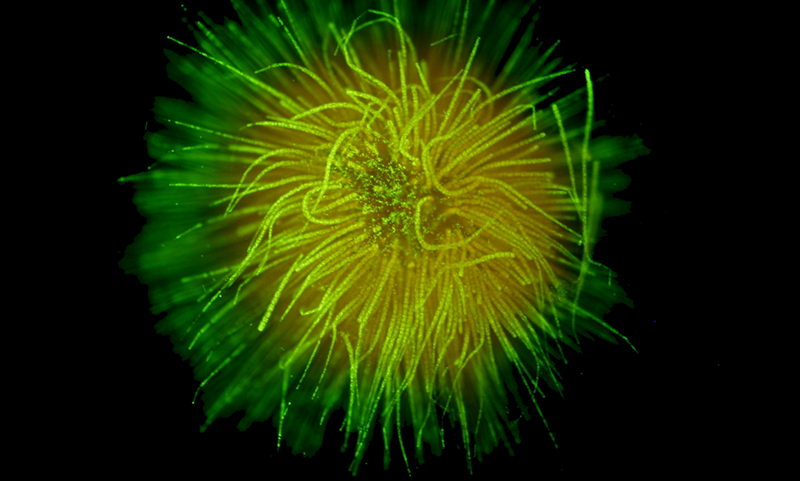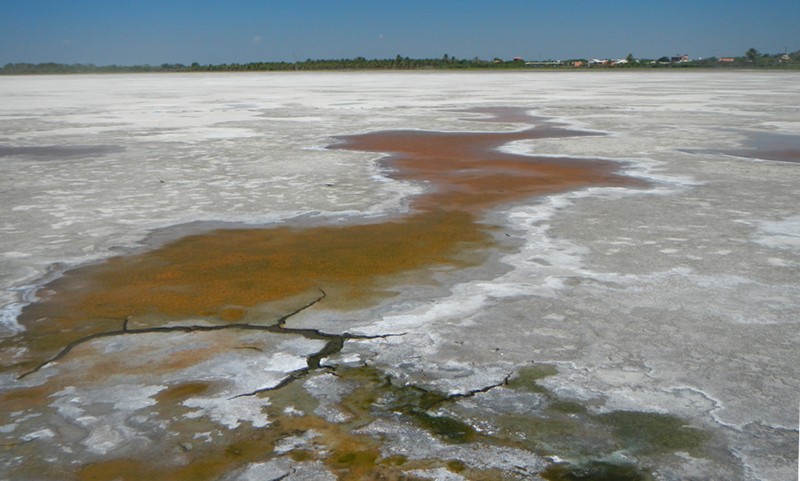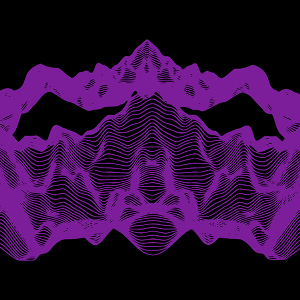The Environment
We know that clouds don't have a perfect and smooth shape, as well as a lake isn’t exactly rounded, but for a long time ecological studies had used the traditional geometric concepts (Euclidean Geometry) with basic forms such as lines, circles and spheres. With fractal geometry we can evaluate and describe the form of a mountain with the same precision that an architect describes a building using traditional geometry
The relation of fractal geometry and chaos and the studies of Benoit Mandelbrot are synthesized in a mathematical object recently discovered and that carries his name. The Mandelbrot set, has been described as the most complex and beautiful example of order in chaos. All of these characteristics in fractal geometry result in a broad adoption in many scientific areas. Particularly in ecology fractal geometry provides the better tools to understand and describe the complexity of natural systems.
Fractal geometry is present also in many artistic expression, from traditional art to the famous pictures in art galleries. Most recently, the popularization of home computing and the availability of programming languages offered a new perspective to the artistic investigation and experimentation. The aesthetic from these artistic works shows the close relation of art, technology and science.
With fractaL the integration from these fields is developed to reach a next level of ecological studies, learning process and artistic works: the integration of statistic, synesthetic tools and digital literacy. It aims to offer a strong support for integration with other languages and tools. Many Python programmers report substantial productivity gains and feel the language encourages the development of higher quality, more maintainable code.











